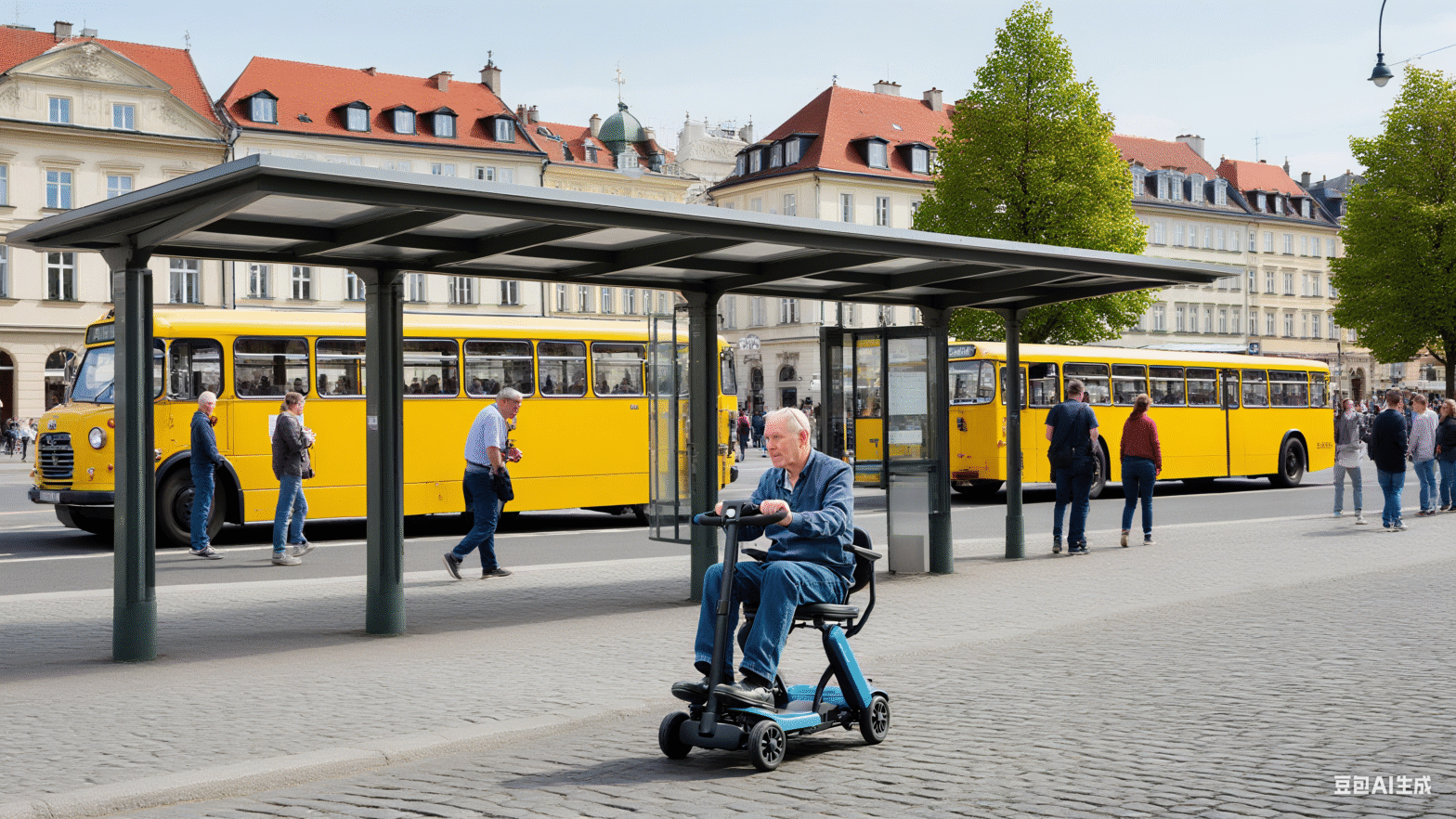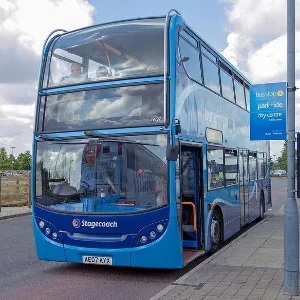
Electric scooters have brought convenience to people with limited mobility. But navigating through crowded public transportation systems can be difficult. If you take public transportation with a commuter car, this article will provide you with practical tips.

Most public transportation systems are equipped with auxiliary ramps. Developed cities are equipped with automatic ramps and dedicated spaces designed for mobility scooters or wheelchairs, while some cities may still be using manual ramps. Understanding the accessibility standards of the local transportation system can help you travel smoothly.
For electric scooter users, when you are ready to board a crowded bus through an accessible ramp. It is difficult to ensure that mobile devices do not hinder others in areas with high traffic. Because many passengers are unwilling to provide assistance and may even become impatient. But you have to believe that there will be enthusiastic people who will lend a helping hand.
If you encounter difficulties boarding the car, you can seek help from the driver. Most staff members have received training on the use of assistive tools, so there is no need to worry about this.
When taking public transportation, safety is the primary consideration. After getting on the car, park the scooter in the designated area and do not park it in the aisle. If possible, please use a safety belt as a fixed commuting vehicle. To avoid causing injury to other passengers due to the sliding of the commuter car.
Note: When preparing to disembark, inform the driver or staff in advance.
If it is non essential travel, try to choose to travel during non peak hours, such as commuting time. Open the mobile transportation app to learn about transportation routes and stops in advance, and also check the departure time of buses to avoid long waiting times. Especially in developed cities, it is very useful to know this information in advance.
The internal space of the bus is limited, and after boarding, if you want to move in a narrow space. Be very careful and adjust the speed of the scooter to the lowest speed to avoid colliding with other passengers. If more space is needed for movement, politely inform other passengers to give up some space. Most passengers are willing to help after understanding your needs.
Carrying an electric scooter on public transportation may cause some inconvenience, so be prepared.
Limited space: Although buses have designated parking areas, there is almost no space during peak hours to place your commuter car.
Insufficient passenger awareness: You may encounter people who are not very cooperative. When someone makes space, say “thank you” or politely ask for help.
Advance notice: Notify the driver in advance of the station where you want to disembark, so that they can prepare the ramp.
Waiting for passage: After the vehicle comes to a complete stop, wait for other passengers to get off before moving to avoid crowding.
Check personal belongings: Before getting off the car, make sure to bring all your belongings.
Provide constructive feedback: The accessibility level of public transportation systems varies greatly. Providing advice to the transportation department can also drive change.
Supporting advocacy organizations: There are many organizations dedicated to promoting accessibility in transportation, all of which can bring about change.
Carrying an electric scooter for public transportation can alleviate many challenges through careful planning and a friendly attitude. With the improvement of social awareness and accessibility facilities, public transportation is becoming increasingly inclusive, allowing everyone to travel more freely.
Copyright@ 2025 Nanjing Kangni Smart Technology Co., Ltd. All Right Reserved.